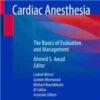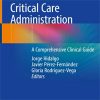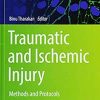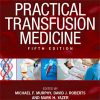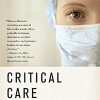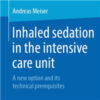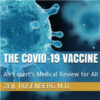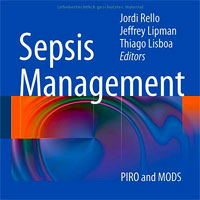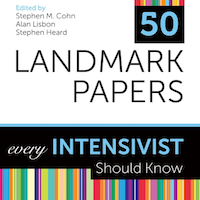Respiratory Drive in the ARDS: Pathophysiology, Monitoring, and Therapeutic Interventions
link.springer.com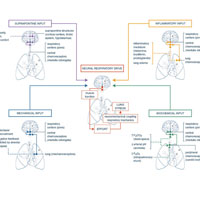
Neural respiratory drive, i.e., the activity of respiratory centres controlling breathing, is an overlooked physiologic variable which affects the pathophysiology and the clinical outcome of acute respiratory distress syndrome (ARDS).
Spontaneous breathing may offer multiple physiologic benefits in these patients, including decreased need for sedation, preserved diaphragm activity and improved cardiovascular function.
However, excessive effort to breathe due to high respiratory drive may lead to patient self-inflicted lung injury (P-SILI), even in the absence of mechanical ventilation.
In the present review, we focus on the physiological and clinical implications of control of respiratory drive in ARDS patients.
We summarize the main determinants of neural respiratory drive and the mechanisms involved in its potentiation, in health and ARDS.
We also describe potential and pitfalls of the available bedside methods for drive assessment and explore classical and more “futuristic” interventions to control drive in ARDS patients.
Respiratory drive may represent a unique synthesis of complex pathophysiologic mechanisms underlying and accompanying ARDS.


